Asako Narahashi
Dawn in Spring
Feb 1 - Mar 18, 2023
PGI
-
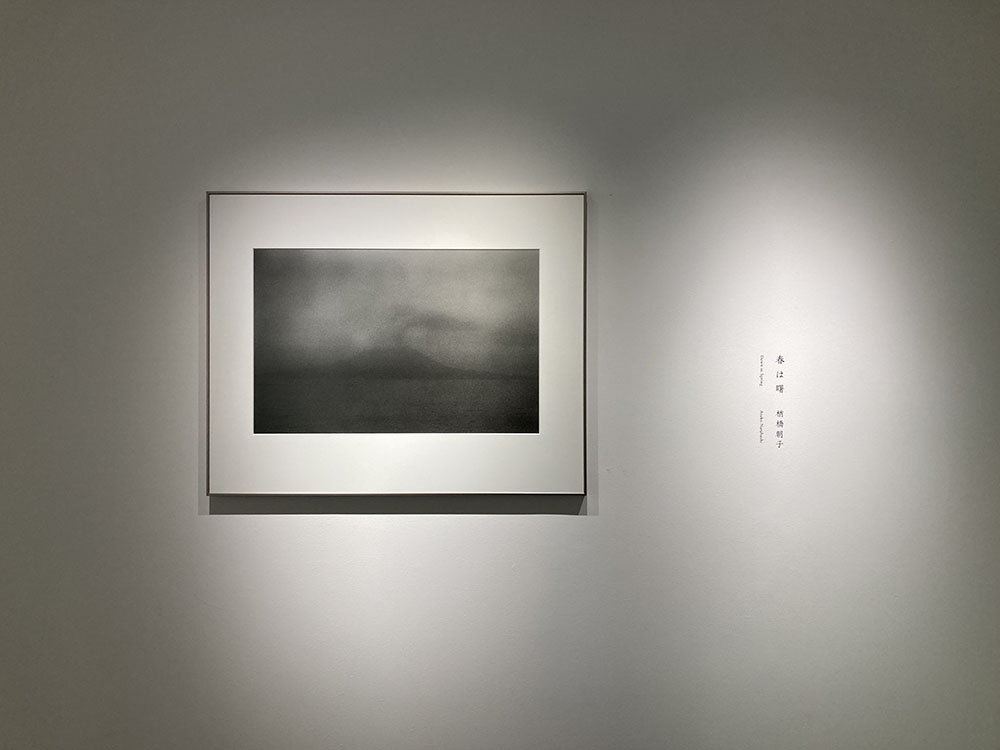
-
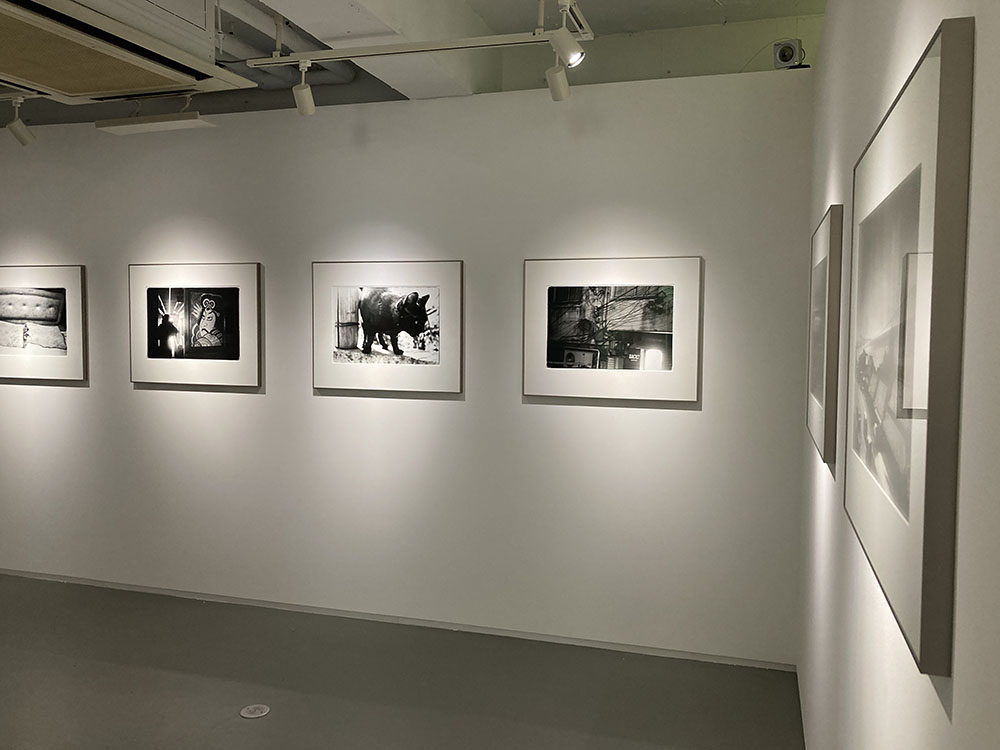
-
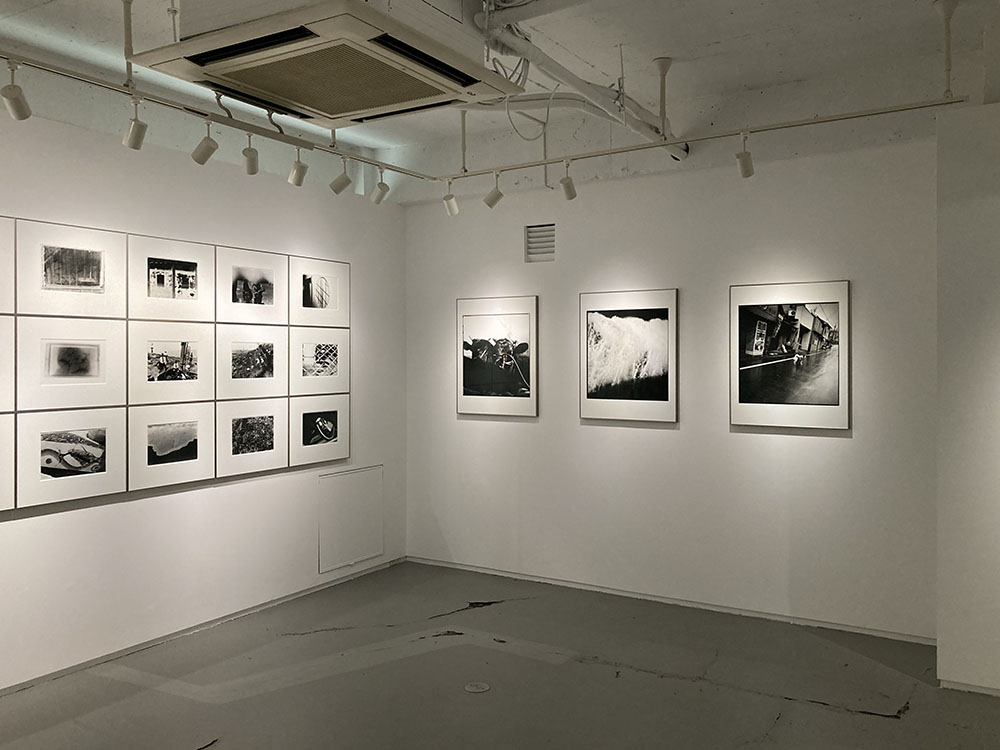
-
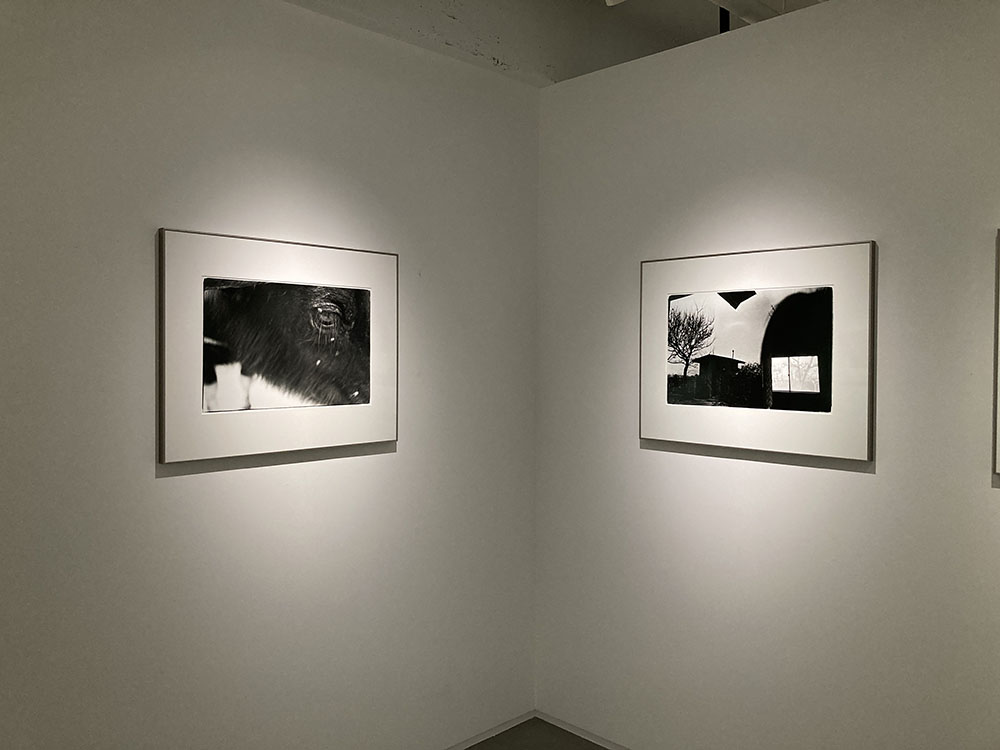
-
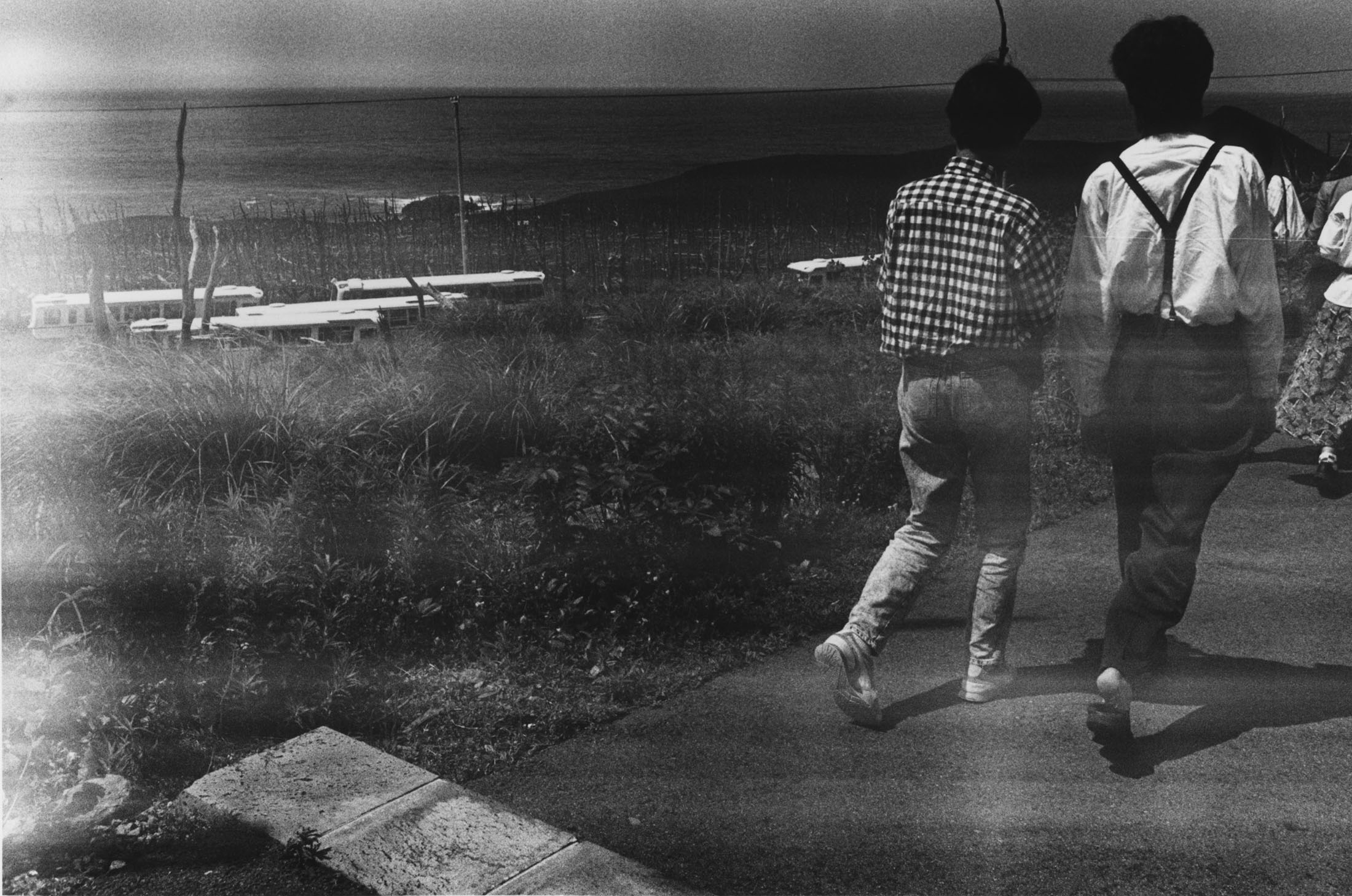
©Asako Narahashi
-
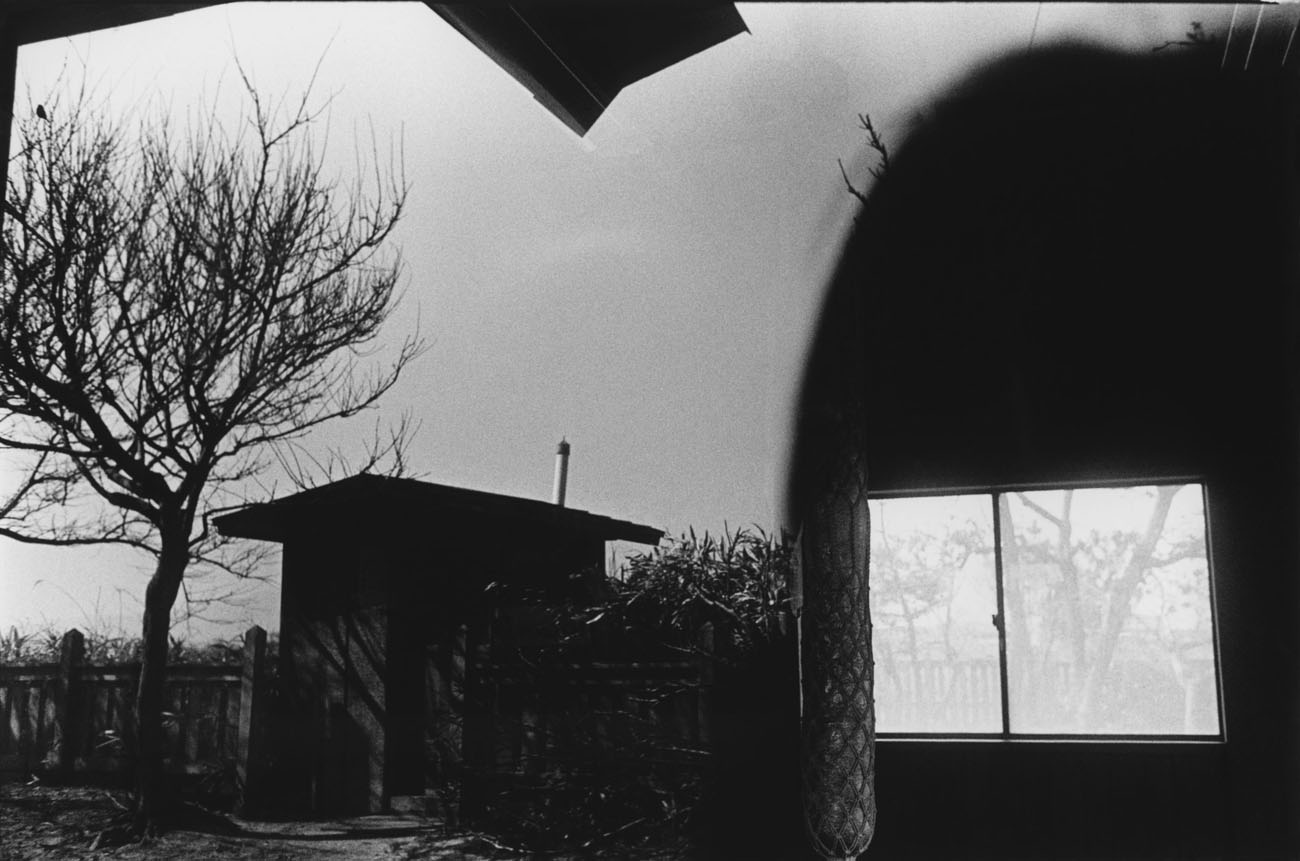
©Asako Narahashi
-
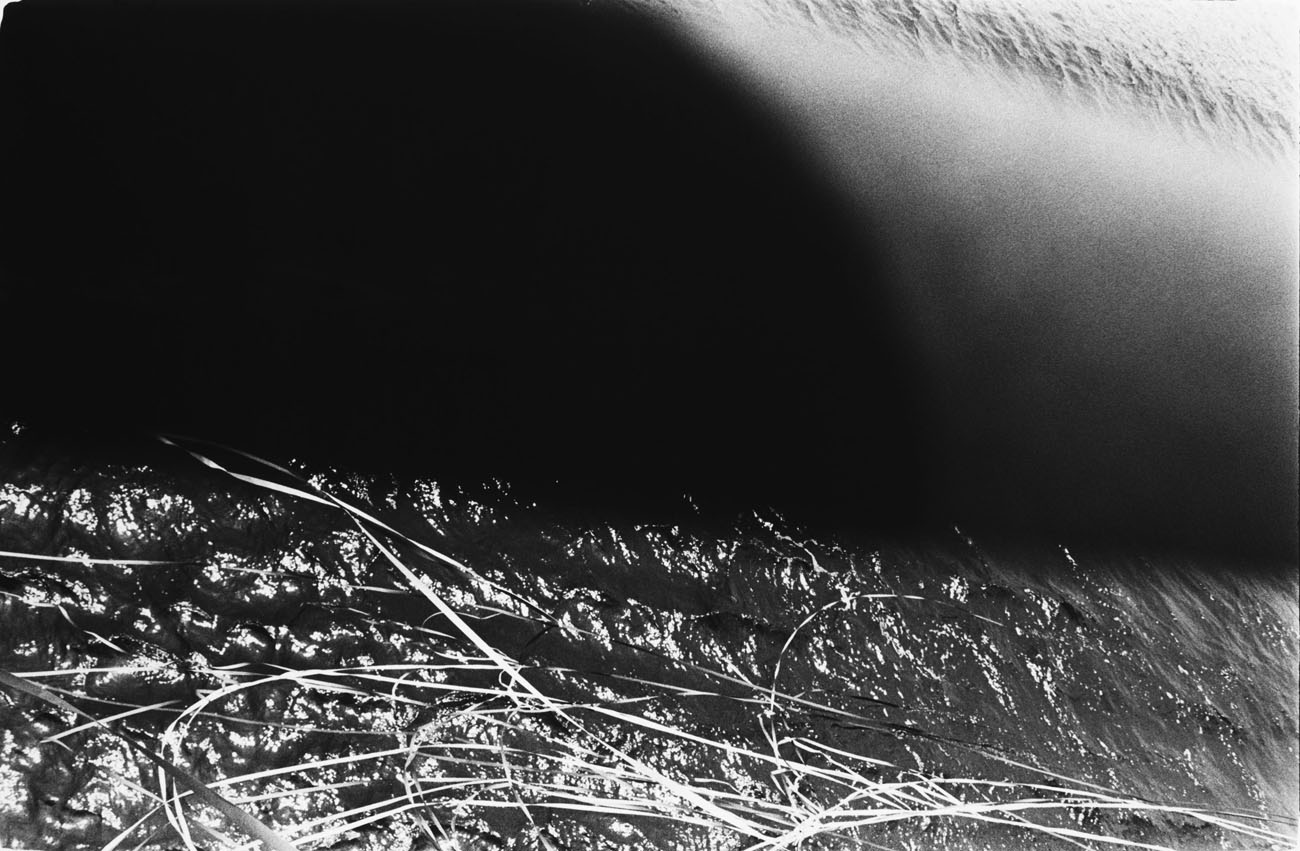
©Asako Narahashi
-
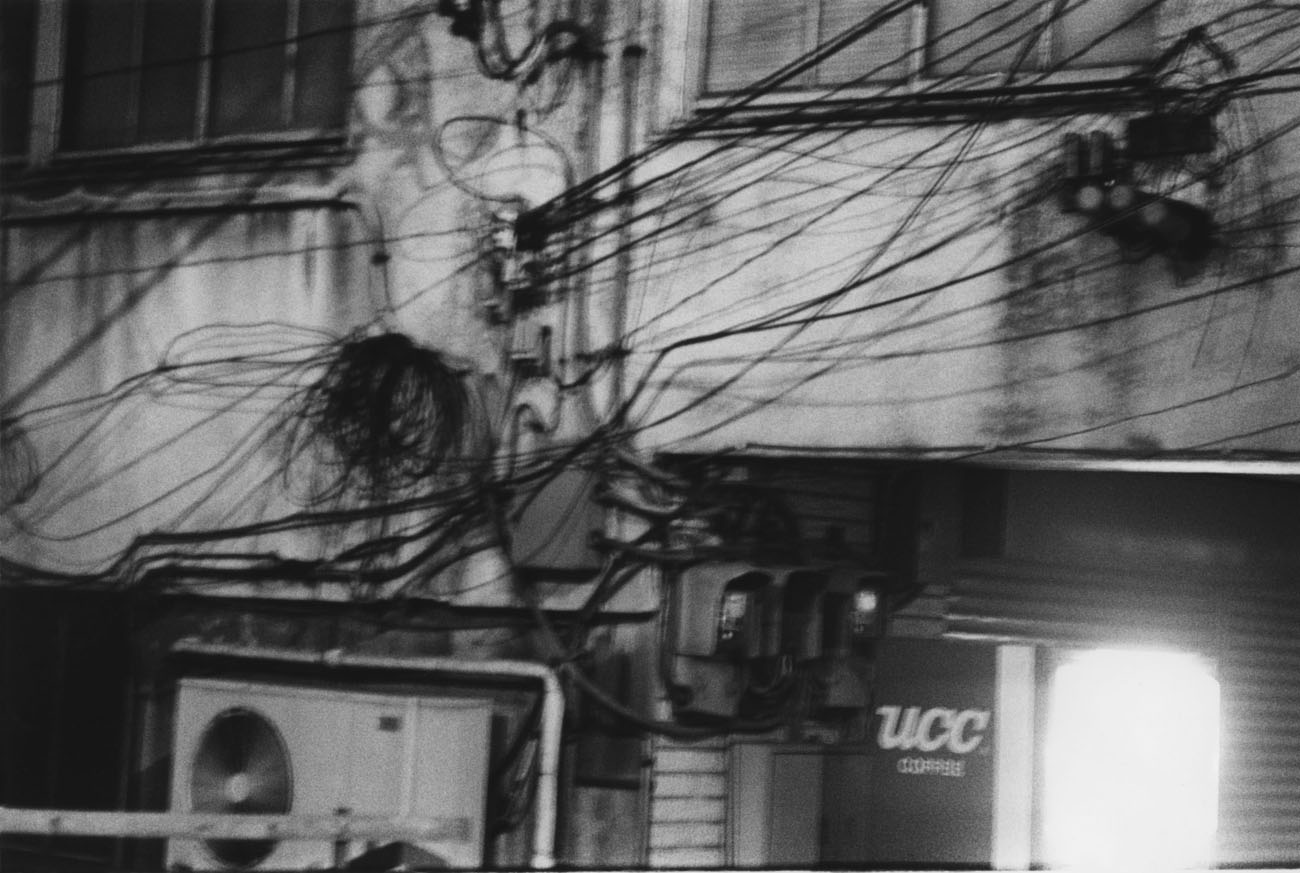
©Asako Narahashi
-
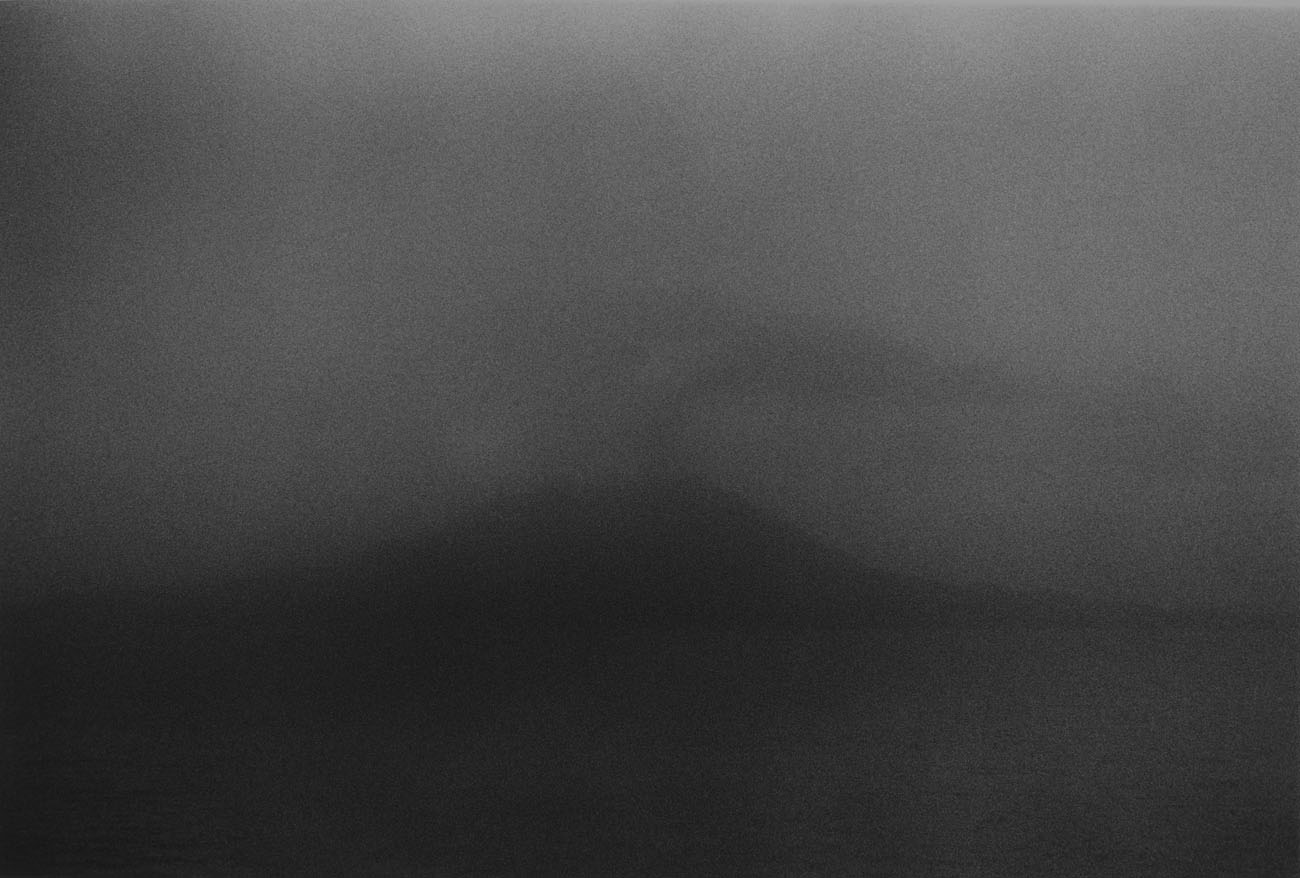
©Asako Narahashi
-

©Asako Narahashi
PGI is pleased to present Dawn in Spring, our first solo exhibition of Japanese photographer Asako Narahashi. The exhibition commemorates the February 2023 publication of Narahashi’s photobook Dawn in Spring (published by Osiris).
In the mid-1980s, when she was still a university student, Asako Narahashi participated in Daido Moriyama’s FotoSession workshops. In 1989, the year of her graduation, she held about ten solo and group exhibitions over the course of the year and traveled repeatedly to Okinawa and other regions of Japan to take photographs. It was, arguably, the year she started her life as an artist. In this same year, she held three solo exhibitions of her debut series Dawn in Spring at Gallery Kaido in Nishi-Shinjuku in Tokyo. A year later, in 1990, she opened her own gallery 03FOTOS as a place to present her photographic works.
In 1997, Asako Narahashi released her debut photobook NU E (Sokyusha), followed by Funiculi Funicula (Sokyusha) in 2003. Around the year 2000, she began to create a series of water-themed works that were later published in the books half awake and half asleep in the water (2007), Coming Closer and Getting Further Away (2009) and Ever After (2013). The publication of half awake and half asleep in the water marked Narahashi’s international breakthrough and lead to exhibitions throughout the world as well as numerous publications with Japanese and international publishers. But despite her artistic success, Narahashi’s debut series Dawn in Spring led a phantom-like existence and remained unpublished—until now.
This exhibition of Dawn of Spring at PGI celebrates the first publication of her series in photobook form thirty-odd years after its creation. Asako Narahashi has created new prints of her works for the occasion.
“I decided that I would look back at the entire year, at the three Dawn in Spring shows as well as all the other work I shot, and I made new prints for this exhibition. Having come face to face with my contact prints, negatives and 8x10s after all these years, I realized once again that this is where it all began for me. This is when I had my blue days of spring.”
(excerpt from the artist’s statement)
These words by Narahashi hint again at the importance of the year 1989 for her development as an artist. Dawn of Spring, for the most parts, captures not specific places but depicts fragmented sceneries and moments. The series suggests that, rather than attempting to record and disseminate society or another larger subject, Narahashi’s gaze captured symbolical parts that constitute a whole in order to gauge her own place within the world. The images also reveal Narahashi at a time when she was a transient wanderer, a way of being to which she was perhaps momentarily attached. In one particular image, showing an eruption of volcanic smoke on the island of Sakurajima beyond the distant sea, Narahashi clearly captured the individuality of her subject at this instant; but the photograph also depicts, symbolically, the distance between the world and the artist at this uncertain stage in her life, having finished university but not yet decided on a job, as she continued to go out and take photographs.
The exhibition features approximately forty gelatin silver prints
March 31 — Wrote a letter to M. Thought of a title: Dawn in Spring. Submitted artwork for the exhibition flyer. Got a lot done today. Saw Namiko Kawamura at Space-21, then went to Ueno. Took the Hakkoda Express.
(from my notebook)
The year 1989. The beginning of the year brought the end of the Showa era. In spring, my long student life was finally over. Japan introduced the consumption tax. I travelled the country and took a lot of photographs. In total, I showed my work at ten solo and group exhibitions.
Dawn in Spring. I can’t for the life of me remember how I arrived at this title. Perhaps because it happened to be spring; maybe the words were already resting at the tip of my tongue and just felt right to me. I had no real idea where to travel or what to photograph. I think I simply let the flow, the momentum, my encounters and my desire to escape decide it all. Although my life as a student was coming to an end, I had neither secured a job nor was I going to look for one. And yet, despite these precarious circumstances, I still focused quite heavily on my photography.
I had taught myself how to use a darkroom, and made 18×22 inch prints for many of my exhibitions. I still faintly remember how I cut up rolls of photographic paper under the dim light of that small room. I decided that I would look back at the entire year, at the three Dawn in Spring shows as well as all the other work I shot, and I made new prints for this exhibition. Having come face to face with my contact prints, negatives and 8x10s after all these years, I realized once again that this is where it all began for me. This is when I had my blue days of spring.
Asako Narahashi
English translation by Robert Zetzsche
Born in Tokyo. She graduated in Fine Arts from Waseda University’s School of Letters, Art, and Science.
In the late 1980s, Narahashi took part in FotoSession workshops by Daido Moriyama. In 1989, she held her first solo exhibition Dawn in Spring. The following year, she opened the gallery 03FOTOS (1990–2001) as a place to present her own work. In 1997, she published her debut photobook NU E and in 2003 the book Funiculi Funicula, consisting of color snapshots. Around the year 2000, Narahashi began to take photographs of water. She later published them in the book half awake and half asleep in the water (2007) and continued to develop the theme in her series Ever After and Coming Closer and Getting Further Away. Following the huge critical success of half awake and half asleep in the water, Narahashi has continued to produce numerous photobooks and exhibited her work throughout the world in solo shows and themed exhibitions. Her awards include the Newcomer’s Award of the Photographic Society of Japan in 1998, the Society of Photography Award in 2004, and the Higashikawa Awards for Domestic Photographer Award in 2008.